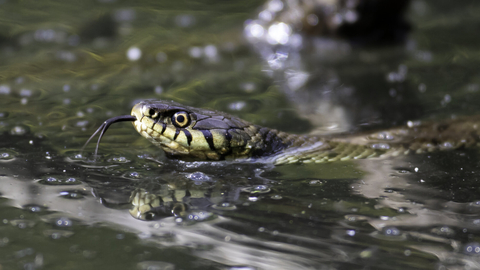
false - Jon Hawkins – Surrey Hills Photography

false - Vaughn Matthews (please also tag @vaughnmatthews8 if using on Instagram or @VaughnMatthews2 on Twitter)
Carlton Marsh Nature Reserve
A core wildlife site of the Dearne Valley, Carlton Marsh hugs the Cudworth Dyke and is best viewed from the footpath on the old railway line running the length of the site.
Location
Know before you go
Dogs
Dogs are allowed on the public footpaths on leads.
When to visit
Opening times
Open at all times. We recommend a trip of half a day for this reserve. Footpaths connect the reserve to other green spaces in the area if you want to explore further. There is a picnic area with benches and tables if you want to stop for lunchBest time to visit
Good all year round siteAbout the reserve
With a mixture of open wetland, woodland, grassland and scrub, Carlton Marsh hosts an amazing variety of wildlife – a remarkable transformation from a polluted past
Contact us
Environmental designation
About
Marvellous marshland
Carlton Marsh is part of a network of important wildlife refuges in the Dearne Valley, now a Site of Special Scientific Interest (SSSI), but formerly a major part of the country’s coal mining industry.
Cudworth Dyke, which supplies the marsh, was once one of South Yorkshire’s most polluted water bodies, but the tireless work of volunteers and local partnerships including the Friends of Carlton Marsh and the Dearne Valley Green Heart Partnership has changed all that. The Marsh also benefited from significant habitat improvements in 2015, restoring its ecology and hydrology and rejuvenating the reedbed.
The footpath along the old railway line gives excellent views across the wetland and it’s worth bringing binoculars to appreciate the variety of birds. One of the star attractions is the nationally endangered willow tit, which has made a home in the wet-woodland fringe and scrub. In late spring and summer, listen for the distinctive reeling sound of grasshopper warblers in the brambles. You can find lapwings, redshanks and green sandpipers on the open grassland and wader scrape, and if you visit at dusk in the winter you might spot a bittern or barn owl.
Purple patch
Carlton Marsh is brilliant for butterflies. On warm summer days, the delightful little purple hairstreak can be seen flying around the tops of tall oak trees, and might sometimes venture down to seek nectar from brambles and other flowers. Small skipper and small heath are just two of the other species you might find.
There’s plenty for wildflower lovers to enjoy throughout the seasons too, including field scabious, devil’s-bit scabious, weld, yellow archangel and ox-eye daisy.
Yorkshire wildlife Trust manages the park in partnership with Barnsley Council for the benefit of local people and wildlife.
Seasonal highlights
- Spring: Willow Tit, Kingfisher, Cuckoo, Bird's-foot Trefoil
- Summer: Field Scabious, Purple Loosestrife, Purple Hairstreak, Small Heath
- Autumn: Green Sandpiper, Gadwall, Shoveler, Bullfinch
- Winter: Bittern, Buzzard, Fieldfare, Redwing
History
Carlton Marsh benefitted from major habitat improvements in 2015. It is now incredible to think that Cudworth Dike, that feeds the Marsh, recently had the infamy of being classified as one of the most polluted water bodies in South Yorkshire. A major scheme involving Barnsley Council and the combined Dearne Valley Green Heart Partnership has successfully restored the ecology and hydrology. The dry reedbed was rejuvenated by excavating channels and pools making it a magnet for wildfowl and the occasional bittern and little egret.
Directions
Public transport
Buses from Barnsley Interchange to Royston or the Barnsley to Wakefield route. The bus stops at the top of Shaw lane and the nature reserve is a ½ mile walk away on the right hand side.
By car
From Barnsley town centre, follow the A628 Pontefract Road towards Cudworth. At Cudworth take the third exit, the Cudworth bypass. Follow this for one mile and at the next roundabout take the first exit, Wheatshaw lane. Carlton Marsh is 3⁄4 mile down on the left.




